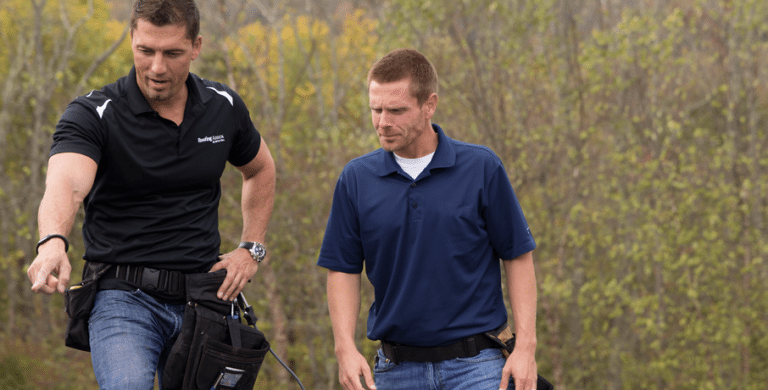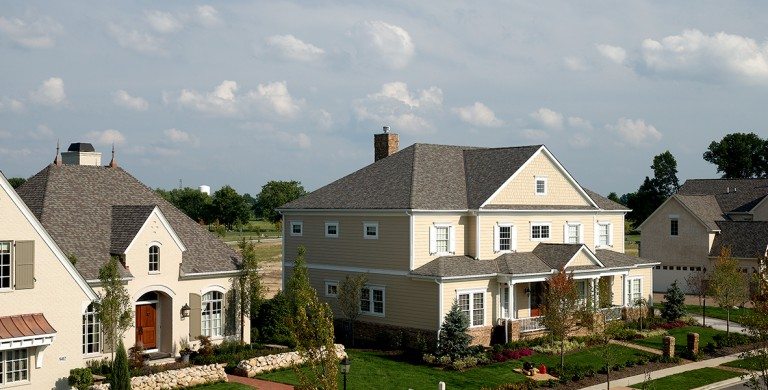You may have safely weathered the storm, but what condition did it leave your roof in? It’s easy and free to find out. After a severe storm of any kind, the Roofing Annex encourages homeowners and commercial property owners in our service areas to take advantage of our free storm damage inspection. It’s a non-intrusive process performed by our certified inspectors that takes between 45 to 90 minutes, depending on the size and style of your roof.
While many property owners take it upon themselves to inspect their roofs after a storm, it’s important to have certified roofing inspectors conduct the roof inspection because they are well versed in roof designs and where hidden damages can occur, and know the specific failures that can arise with your type of roof.
Here’s what you can expect during our roof inspection for storm damage:
Visual and Non-Destructive Inspections
A storm damage roof inspection consists of two parts, each designed to evaluate the integrity of your roofing system. Our certified inspectors will go up on your roof and conduct both a visual inspection to check for obvious damage and a non-destructive inspection that utilizes specialized tools to test for unseen damages, such as underlying moisture, small leaks, or damage to the decking or underlayment.
Depending on your home or property type, our roof inspectors may also inspect interior areas, checking attic supports, roof braces, fasteners, interior chimney surfaces and eaves.
What Our Certified Roofing Inspectors Look For
As our inspectors evaluate the condition of your roof, they look for specific signs that indicate the integrity of the roofing has been compromised. Among them are:
- Damage to the roof’s main surface material.
- Punctures, cuts, or dents in the roofing membrane or its components.
- Missing, cracked, dimpled, or curled shingles or tiles.
- The absence of a granular surface on asphalt shingles.
- Damaged ridge vents.
- Crushed, buckled, or compressed roofing insulation.
- Flashing that is loose or damaged.
- Sunken or cracked sealant or caulking on metal flashing joints.
- Loose weather seals or sheet metal joints.
- Damage to drains, gutters, or downspouts.
- Inadequate roof drainage.
 Hail damage on a wood shingle.
(Photo from National Roofing Contractors Association as provided by Haag Engineering Company)
Hail damage on a wood shingle.
(Photo from National Roofing Contractors Association as provided by Haag Engineering Company)
What We Document
Depending on what our inspectors find while surveying around your roof, they may take photos or make written notations on the Roofing Annex roof inspection checklist. This information will help you if you need to submit an insurance claim for storm damage, or if conditions were observed that might cause problems later on.
Providing You With the Results
Once your roofing inspection is complete, we will provide you with a checklist document that outlines the condition of the roofing areas checked and denotes any storm damaged areas and the repairs required. We will also send you an email containing the digital photos we took of the damaged areas.
The Roofing Annex can assist you with identifying whether the repairs are covered under your roof system warranty. We will also recommend whether you should file a claim with your insurance company and can assist you with the claims filing process. Of course, we also hope you will choose the Roofing Annex to repair or replace your roof in accordance with the storm damage assessment.
Either way, a storm damage roof inspection gives you peace of mind and provides you with certified documentation identifying any damaged areas and the extent of the damage. It’s information that will prove invaluable when it comes time to repair or replace your roof.




